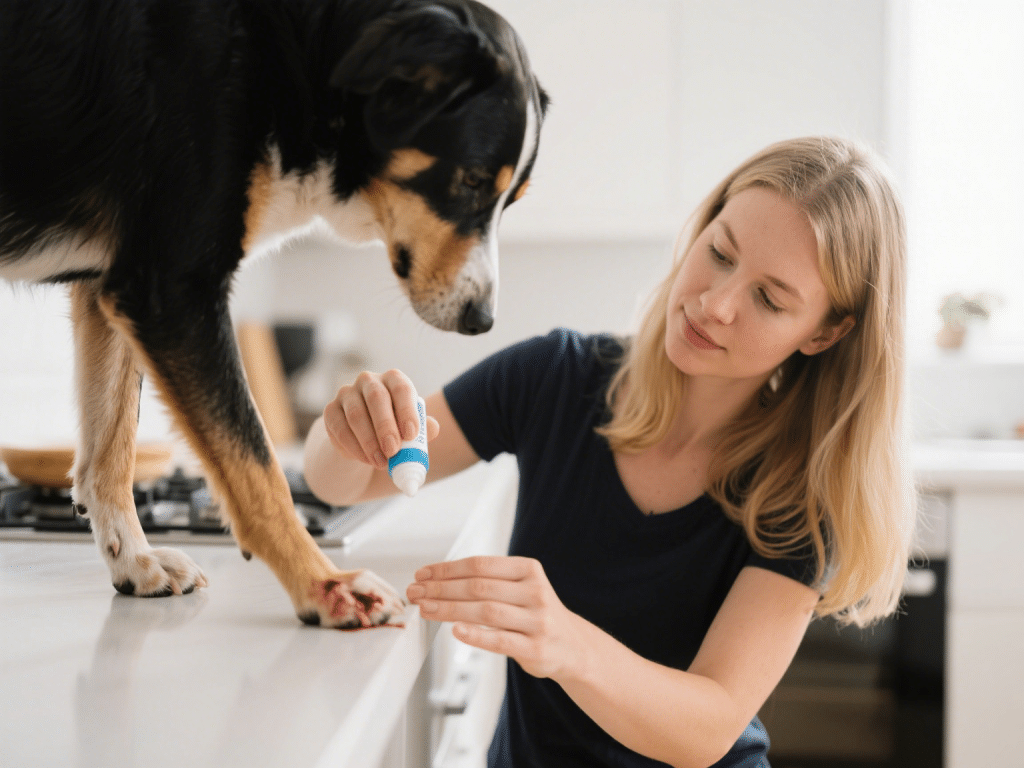
Playful pups often suffer minor paw injuries—small cuts, scrapes, or burn-like irritations from hot pavement. While serious wounds require a vet, many superficial injuries can be managed safely at home. I’m Dr. Laura Bennett, a small animal clinician, and I’ll share quick, effective at-home remedies to soothe pain, prevent infection, and promote healing.
1. Initial Assessment
Visual Inspection: Gently spread toes and pads to locate bleeding, foreign objects, or blister-like spots.
Clean Surface Debris: Rinse with lukewarm water to remove dirt, gravel, or chemicals.
2. Cleaning and Disinfection
3. Soothing Soaks
Epsom Salt Bath: Dissolve 1 tablespoon in warm water; soak paw for 5–10 minutes to reduce swelling and discomfort.
Aloe Vera Gel: Apply a thin layer of pure aloe (free from alcohol or fragrances) to soothe burns and abrasions.
4. Protective Bandaging
Non-Stick Dressing: Cover wound with petroleum-impregnated gauze.
Secure Wrap: Use self-adhesive vet wrap, ensuring two-finger tightness to avoid cutting off circulation.
Change Daily: Inspect wound and reapply fresh dressing until fully healed.
5. Natural Anti-Inflammatories
Turmeric Paste: Mix turmeric powder with water or coconut oil into a paste; apply sparingly to reduce inflammation (monitor for staining).
Manuka Honey: Medical-grade honey has antibacterial properties; spread a thin layer on the clean wound before dressing.
6. Monitoring & When to Seek Veterinary Care
Signs of Infection: Increased redness, swelling, foul odor, or persistent bleeding.
Limping Beyond 48 Hours: Or inability to bear weight requires professional evaluation.
Conclusion
Minor paw injuries needn’t become major problems. With prompt cleaning, gentle soothing treatments, and protective bandaging, you can support your dog’s recovery at home. Always observe carefully, and consult your veterinarian if healing stalls or infection signs emerge.